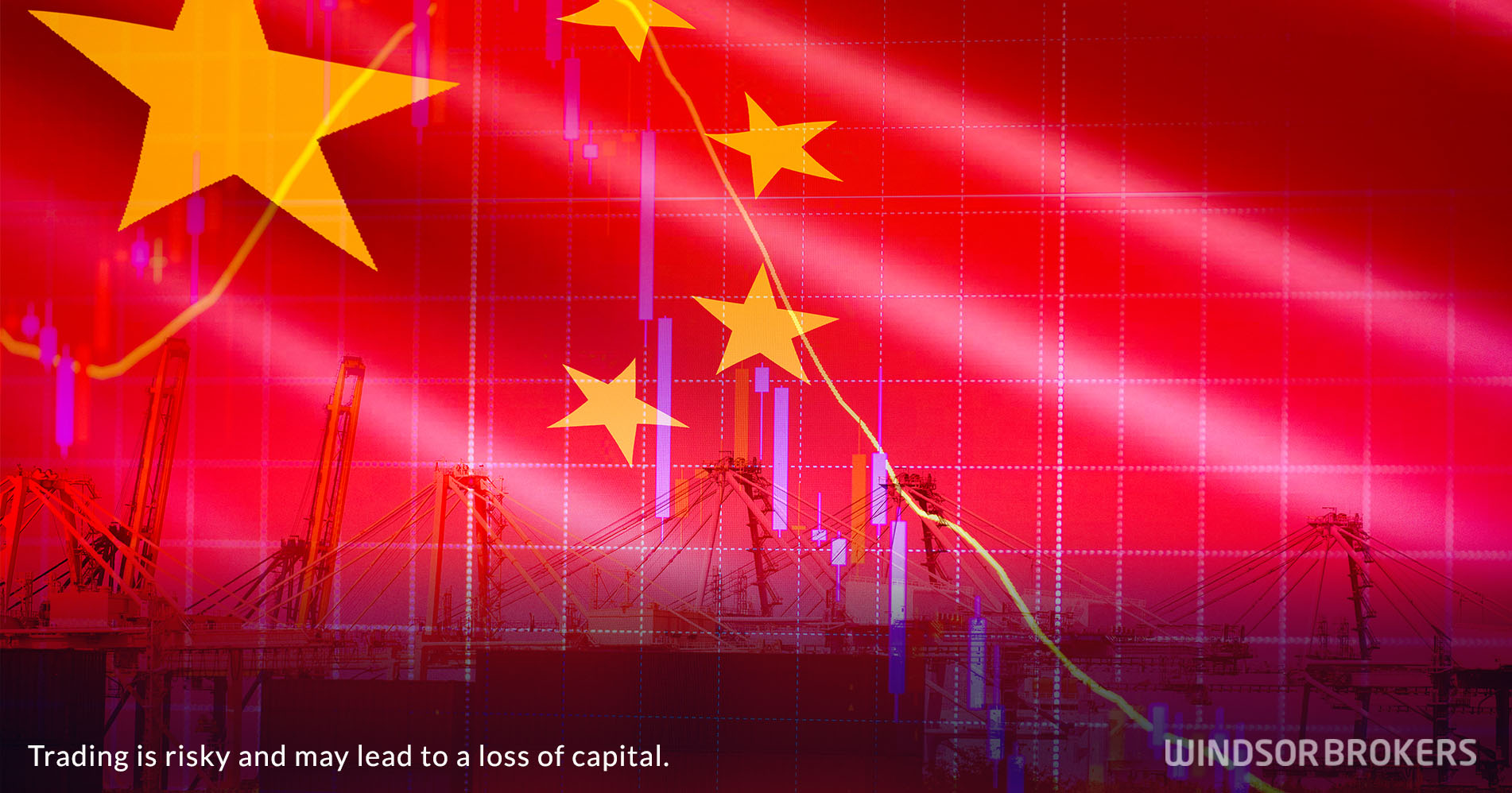China’s economic activity is still moving below desired pace – PMI
China’s manufacturing purchasing managers’ index (PMI) rose to 49.2 in January, in line with expectations, from 49.0 in December. Rise in output, was the main contributor to slight improvement last month, though the figure remains below the 50 threshold, which divides growth from contraction.
Continuous weak performance of China’s manufacturing sector extended into the fourth straight month in January, warning that the sector and the broader economy were struggling to regain momentum at the beginning of the year, as well as signal that post-Covid recovery moves below desired pace.
On the other hand, China’s non-manufacturing PMI, which includes services and construction, rose to 50.7 from 50.4 in December, the highest since September last year and slightly beat 50.6 forecast.
China’s composite PMI, which tracks the performance of both, manufacturing and services sectors, rose to a four-month high of 50.9 in January, from 50.3 in December.
January manufacturing data were also affected by Chinese Lunar New Year which will fall on February 10 and factories may shut earlier and send workers back home ahead of the holiday.
Economists point to persisting deflationary pressure as key obstacle, along with property downturn, local government debt risks and weak global demand, which keep economic momentum subdued and suggest that China’s central bank should start cutting interest rates in the first half of the year to boost domestic demand.
Overall, January PMI data suggest that growth momentum is slightly strengthening although still being on fragile base, which will require more efforts from the authorities to speed up recovery process.
Slower than expected downturn in the property sector and a massive fiscal support contributed to the latest improvement in International Monetary Fund’s growth forecasts for China, adding to hopes that economic activity may accelerate in coming months.


